The video starts out as interesting just because of what it captures. It’s a beaver at night. The dark, wet animal’s movement triggers record on a trail camera. You keep watching the black-and-white footage as the beaver crawls out of the water, over barbwire, and directly toward the camera.
Right about the time you think the furry swimmer is going to nose the camera, it doesn’t. The screen fills with light, dry fur instead. A wolf ambushes the beaver, instantly pushing the show from mildly benign to wildly fascinating.
“That beaver wasn’t going down without a fight,” says Tom Gable, project lead for Voyageurs Wolf Project. “It was trying to bite the wolf. It’s clear the beaver drags the wolf to the water then the wolf pulls back away from the water.”
Here’s the backstory on the attack sequence recorded this fall and why researchers are studying the footage frame by frame.
“We can analyze the whole sequence. What part the wolf grabs. How the beaver tried to escape to water,” says Dani Freund, University of Minnesota researcher. “It shows interaction in a way we haven’t looked at. There’s such detail.”
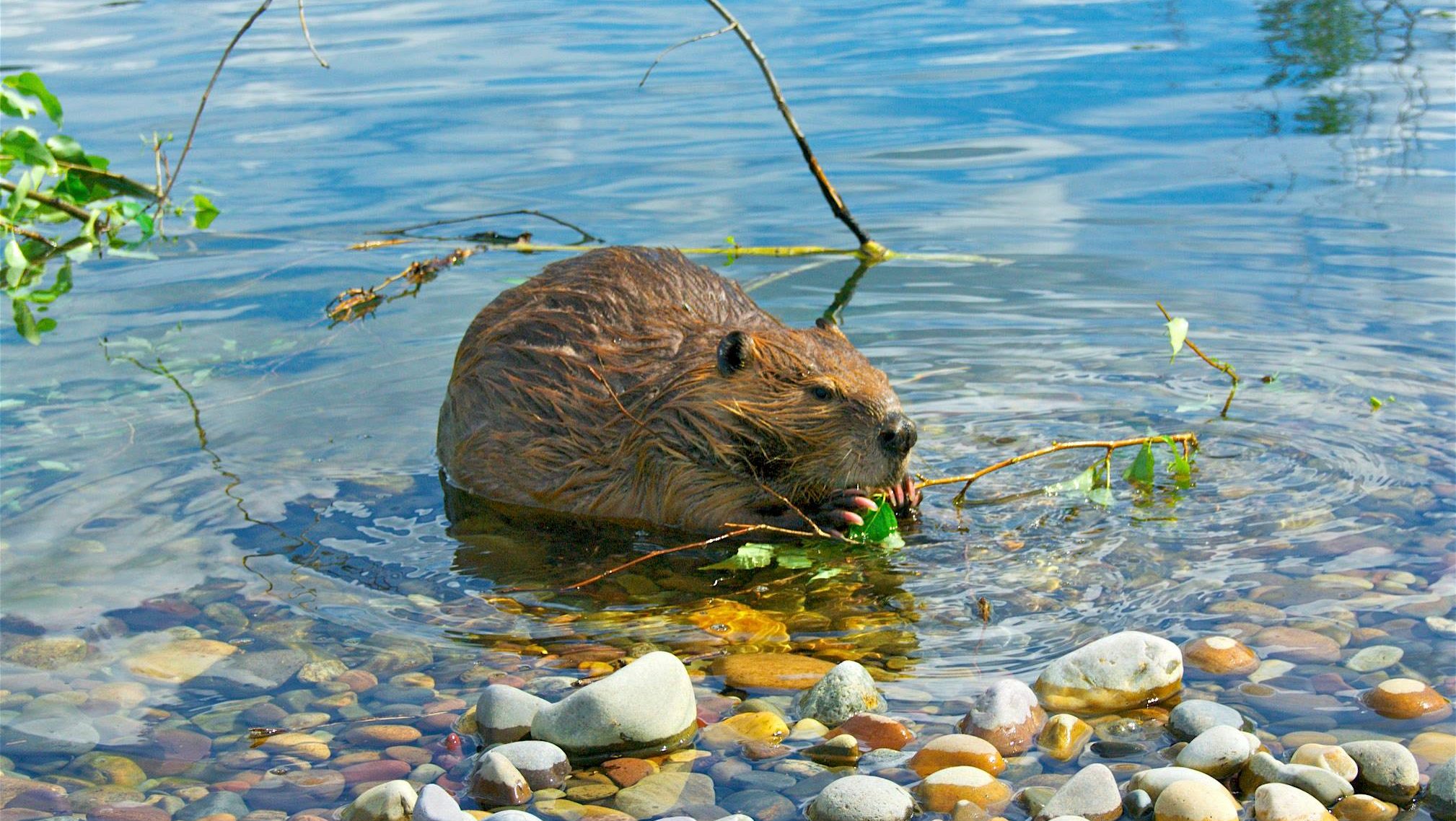
The Beaver
The star of the show, the beaver, lives in forested Minnesota near Voyageurs National Park. It’s a large beaver with a sizeable pond complex of its own efficient making. That’s the setting for the scene Freund is studying. She’s a systems-based researcher, which means she doesn’t study one specific animal. She studies interactions between animals. In this case, beavers and wolves. She does that by monitoring ponds.
“Beavers are ecosystem engineers. They create worlds where other animals can live and thrive. Any predation on them may be changing how they impact the rest of the ecosystem,” Freund says. “But a pond complex can be really big. We have to figure out where beaver are spending most of their time, which takes a lot of our time.”
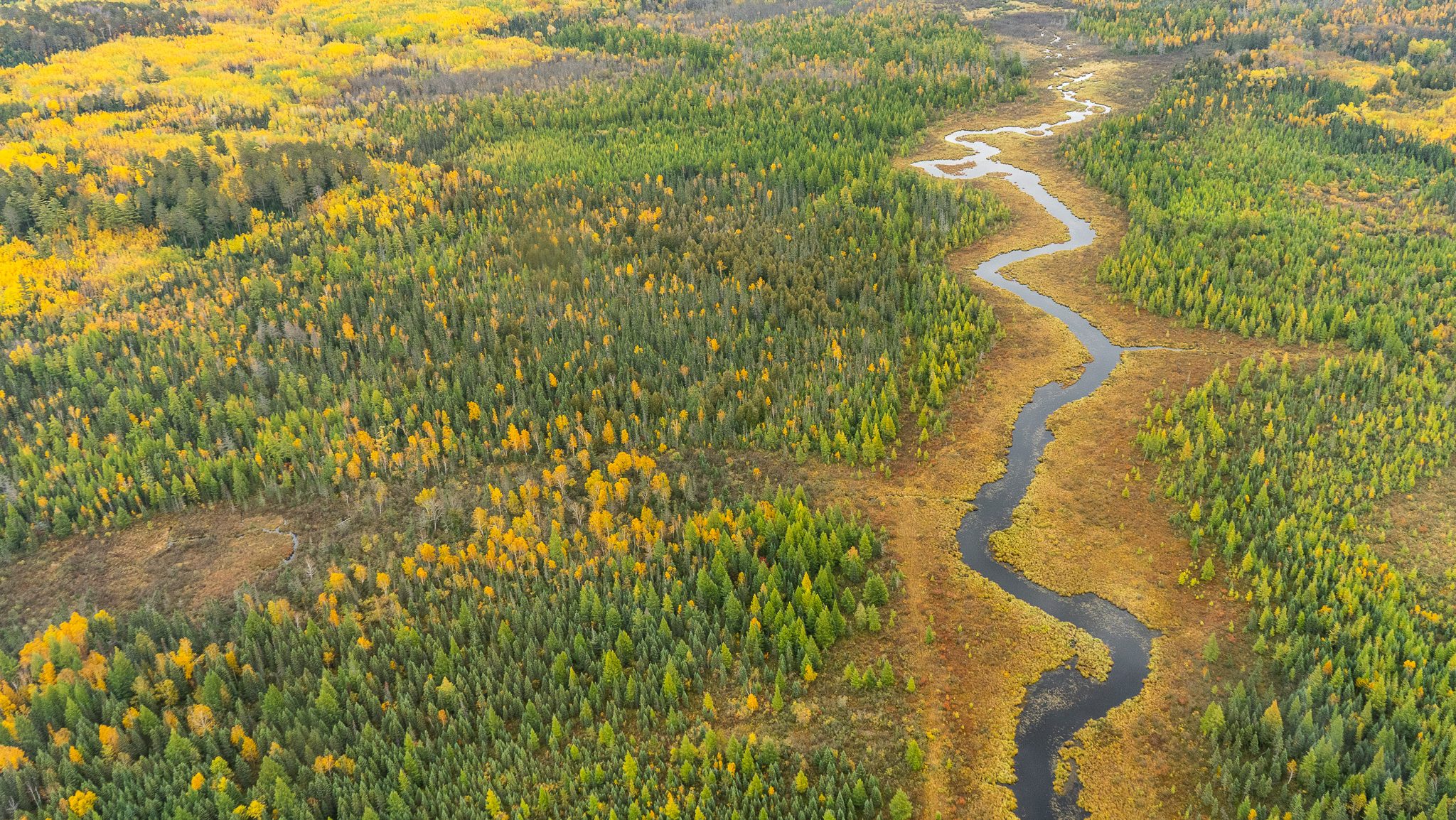
The Barbwire
Months of walking pond perimeters led researchers to the best location for that barbwire you see the beaver lumber over in the video. It’s a hair snare. As animals pass over or under it, it grabs hair samples.
Freund is studying those samples for stress. The hormone cortisol will be in the hair if the animal is stressed. The plus about a hair snare is humans don’t have to handle the animal to get the sample. The barbwire collects it in passing.
Scientists prefer a slide under sample so the hair comes from the spinal region. That’s why the snare is only about a foot above the ground. But the beaver in the video is so big, it can step over the snare rather than sliding under so it leaves belly hair instead.
“A hair snare doesn’t hinder their ability to use trails,” Freund says. “And we don’t have to catch beavers to get the sample. With saliva and blood, you have to catch them so that’s invasive. And poop samples are nearly impossible because beavers defecate in the pond so it’s hard to collect.”
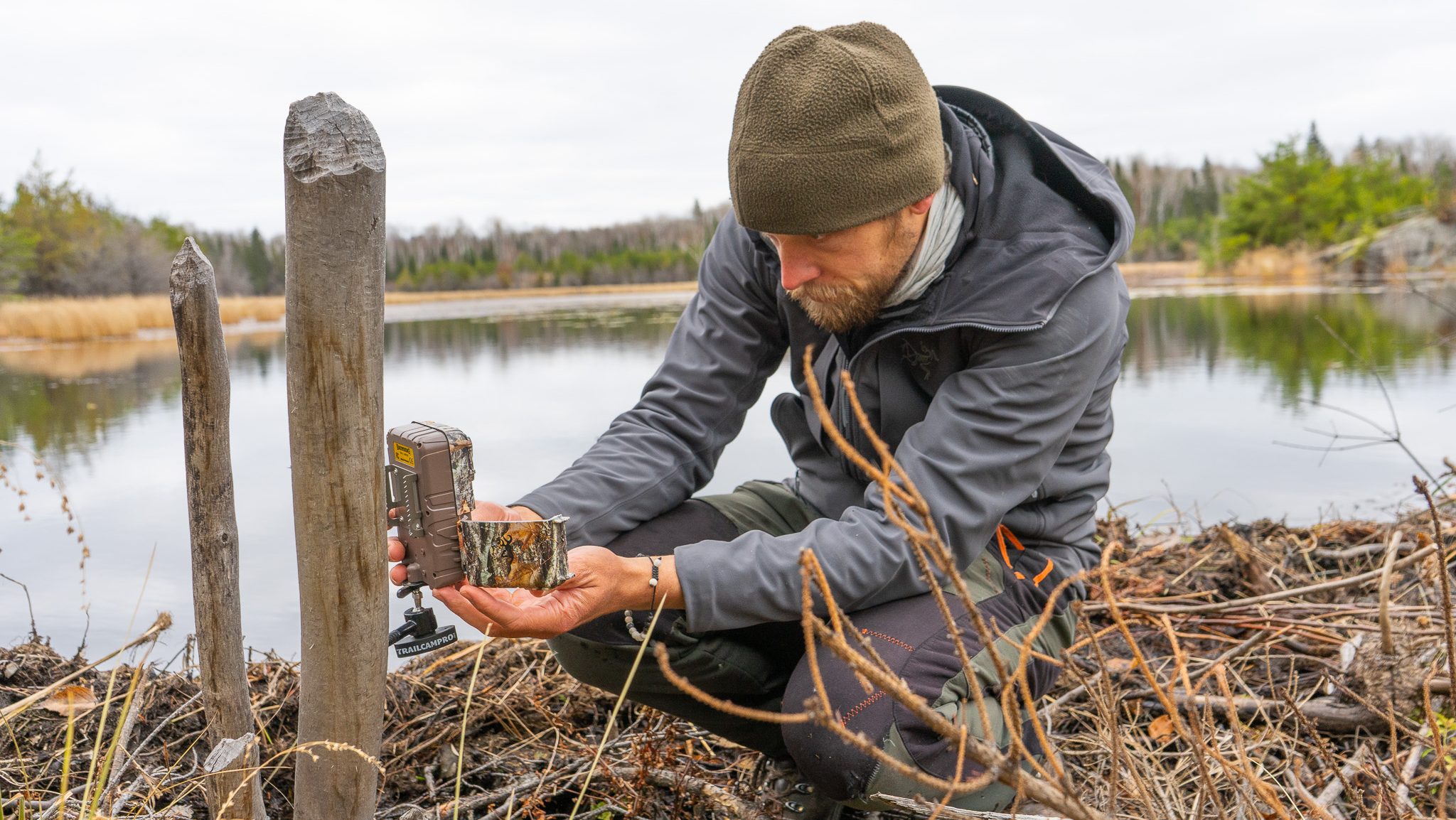
The Trail Cam
There are 25 hair snares in the field and they’re paired with trail cameras. Each snare is on a pond in and around Voyageurs National Park, which is in the same heavily wooded and watered landscape as Boundary Waters Canoe Area Wilderness. When the snare grabs the hair, the trail camera shows where the sample comes from, back or belly.
“The main reason we have those out there is so we can see which side of the body the hair is coming from,” Freund says. “Cortisol deposits in different amounts depending on where the hair is growing.”
When you’re studying the amount of stress applied to an animal by another animal, having both in the same video is epic to watch, but still not definitive research. That’s where the samples come in.
“Wolves eat beaver so of course beavers would be stressed about it, but they’ve lived around each other for years,” Freund says. “They may be used to each other so maybe cortisol wouldn’t register.”
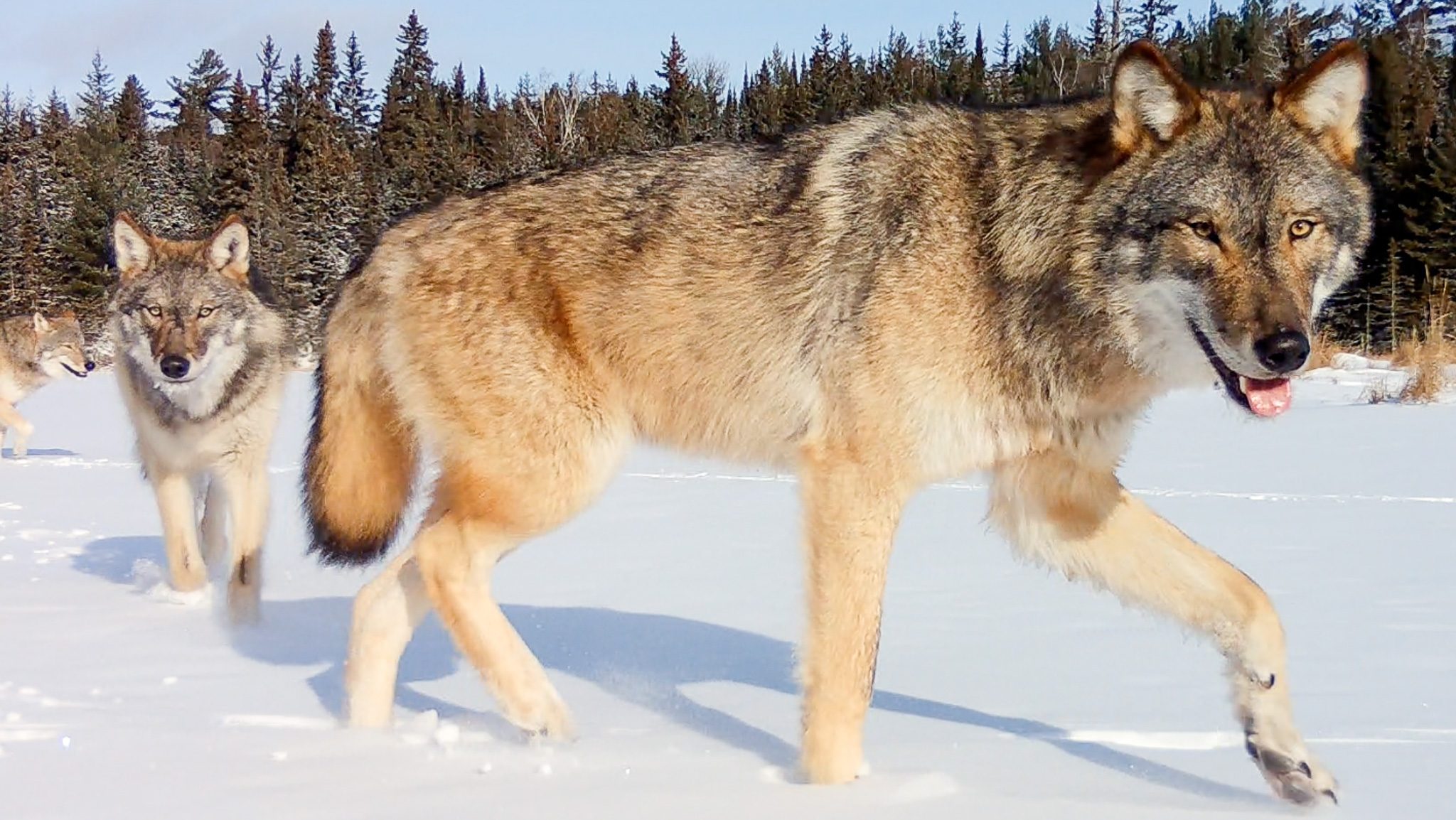
The Wolf
The wolf in the video is an alpha, a strong male identified as V094. His supporting role quickly steals the show when he ambushes the unsuspecting beaver in the dark four minutes after it exits the water.
“It’s one of those things you’re always trying to understand knowing you may never see it,” Gable says. “To be able to watch the video and see it happening is like wow this is what we’ve been spending a lot of our time trying to figure out.”
Gable has studied predation by wolves since 2015. He knows wolves eat beaver in the nearly 500,000-acre study area, he’s seen the sparse remains, but he’s never actually watched a wolf ambush a beaver until now. The video visually confirms what he suspected all along. Killing a beaver isn’t easy. That’s why wolves have a strategy.
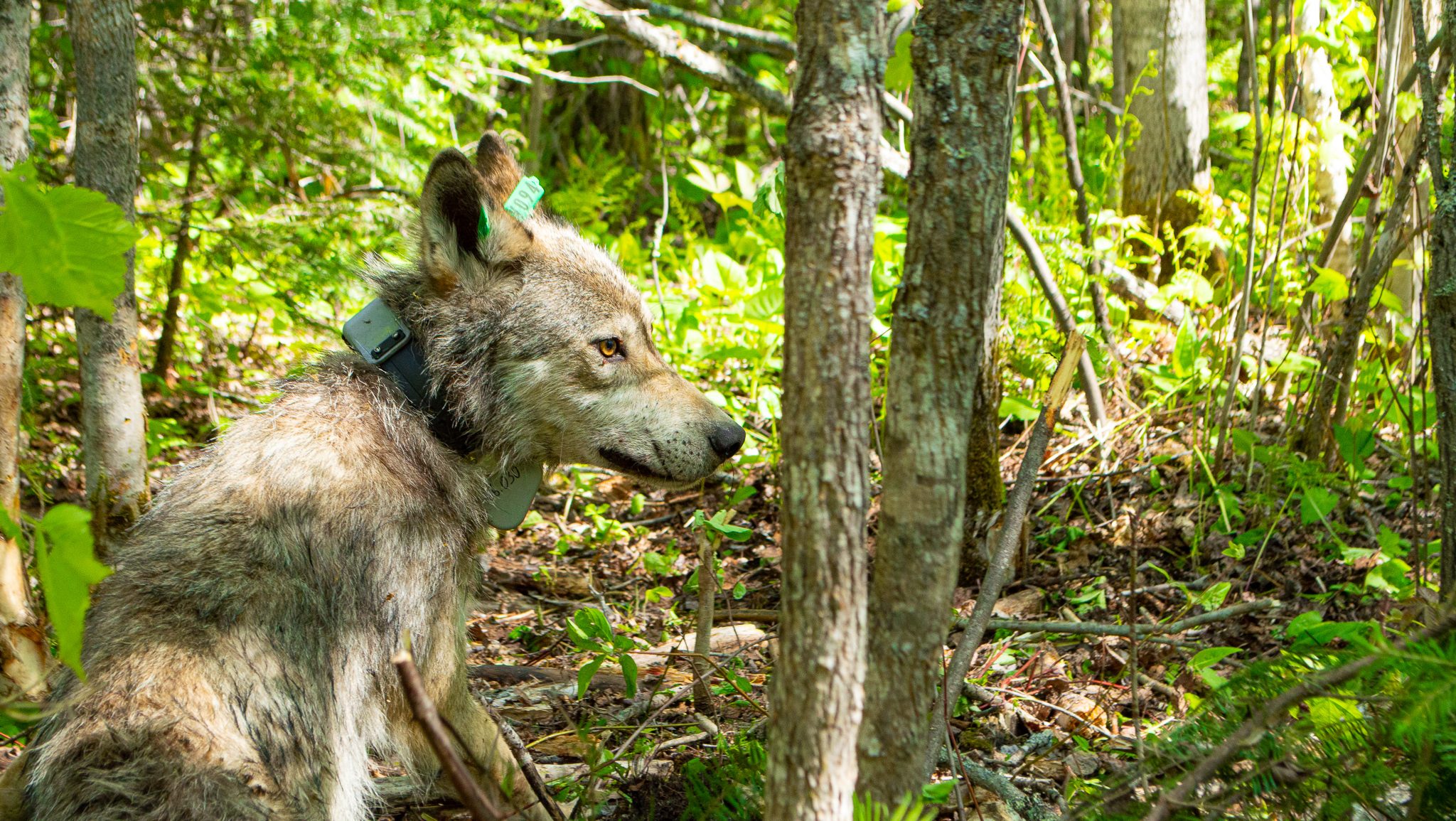
“Beavers have poor eyesight and poor hearing, but they have a good nose so wolves wait downwind,” Gable says. “They bed down in wide open areas close to where beavers land. Wolves understand that beavers can’t see them if they sit there and don’t move. They want to be as close as possible while also being undetectable by scent. The beaver comes on land, doesn’t have a clue the wolf is there and bam! Beaver is dead…sometimes. Wolves can’t go to the beaver pond like it’s a vending machine. Beavers have their own strategy for avoiding predation.”
Water is a beaver’s weapon so they stay close to it. The wolves stay close too, hanging around the edges waiting to ambush the prey in the pond. Wolves are known for running down prey and hunting as a pack, but they also ambush and they ambush often, usually solo. One wolf in the study area killed 42 beavers in one summer.
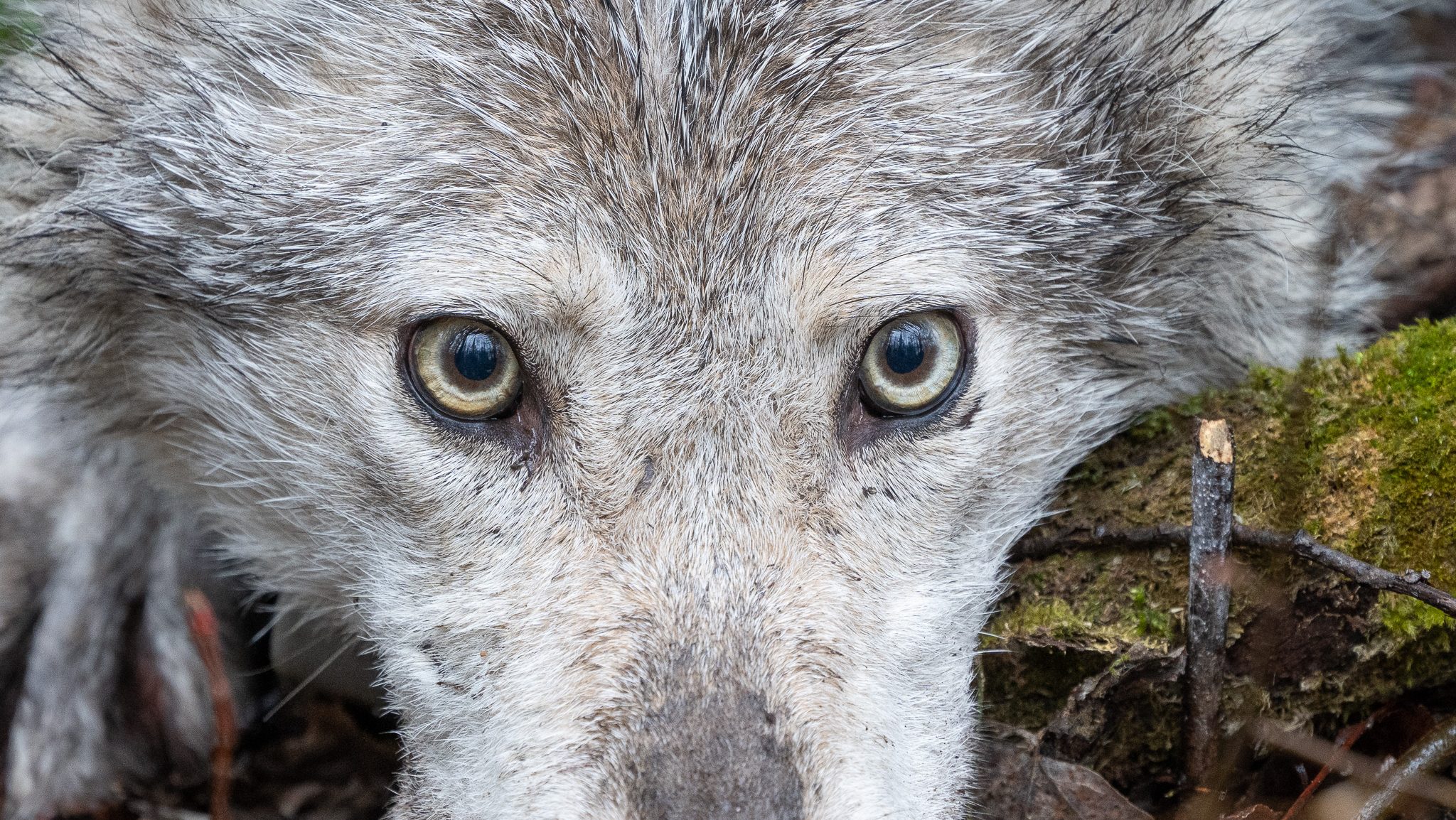
The beaver in the video was a meal for more than one wolf because the ambushing alpha is tagged, but the wolf trotting by with the beaver’s head in its mouth 19 hours later is not tagged. That wolf probably took the beaver’s head to pups.
When Freund returned to the site of the ambush two days later, she found nothing near the snare. No blood tracks. No sign of a struggle, but there is proof. It’s recorded in moving picture and when field season ends this winter, scientists will lab test hair snare samples for stress. They’ll watch the ambush sequence on repeat too.
“There’s a thin margin for beavers between life and death,” Gable says. “If that beaver would have freed itself for two seconds by the water, it would have escaped. There’s a thin margin for wolves too. They cannot let go of that beaver.”



Do you think the barbed wire made it difficult for the beaver to escape back to the water? Or deterred the beaver from attempting that route? Thank you for your research and disclosure of your ongoing findings.
Thank you so much for posting this, it is absolutely fascinating.